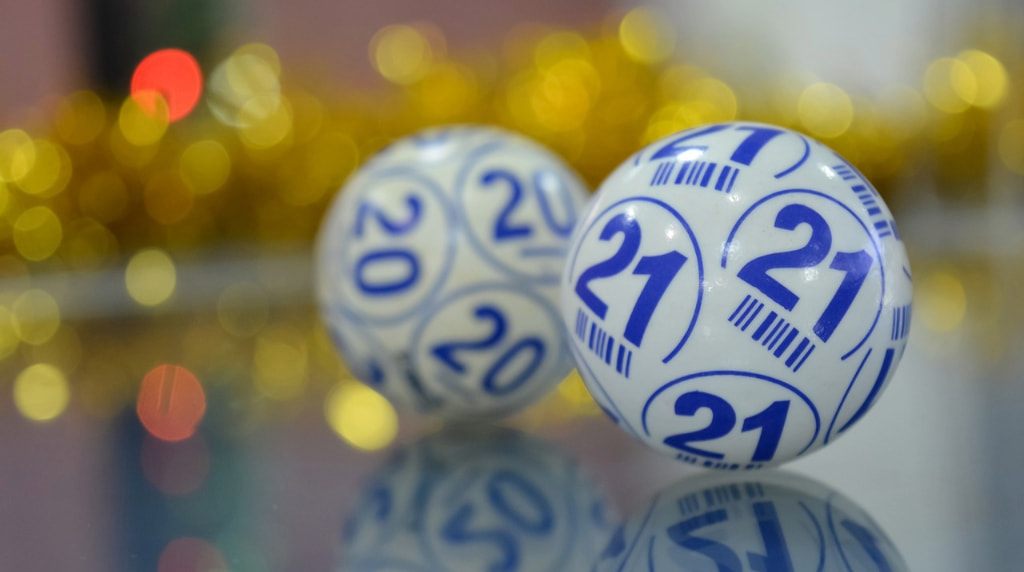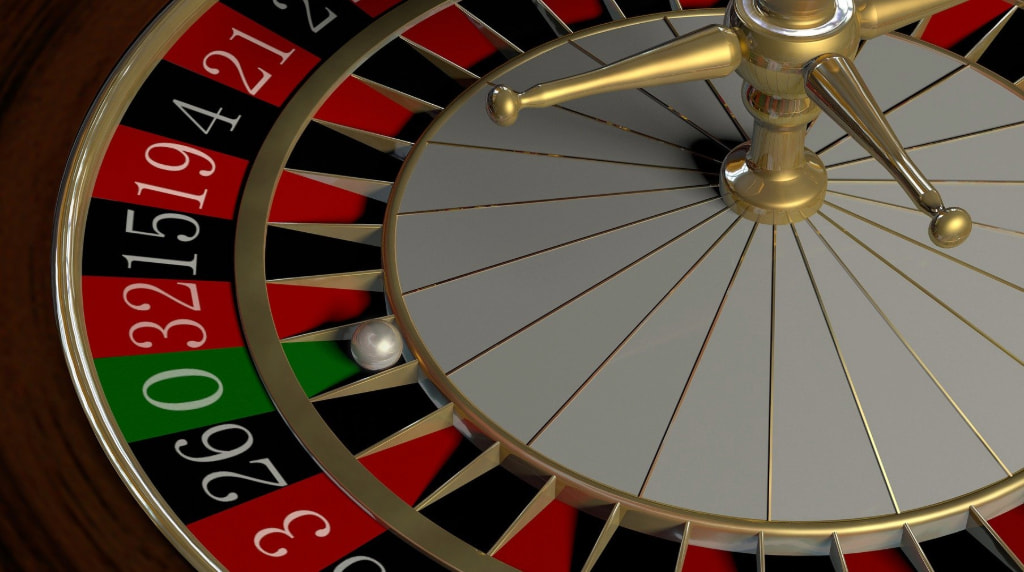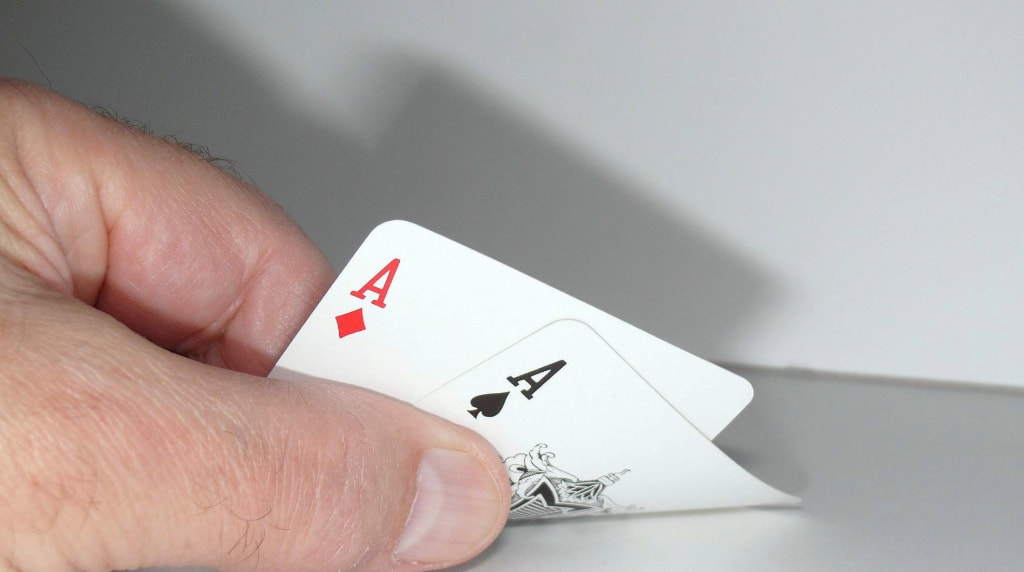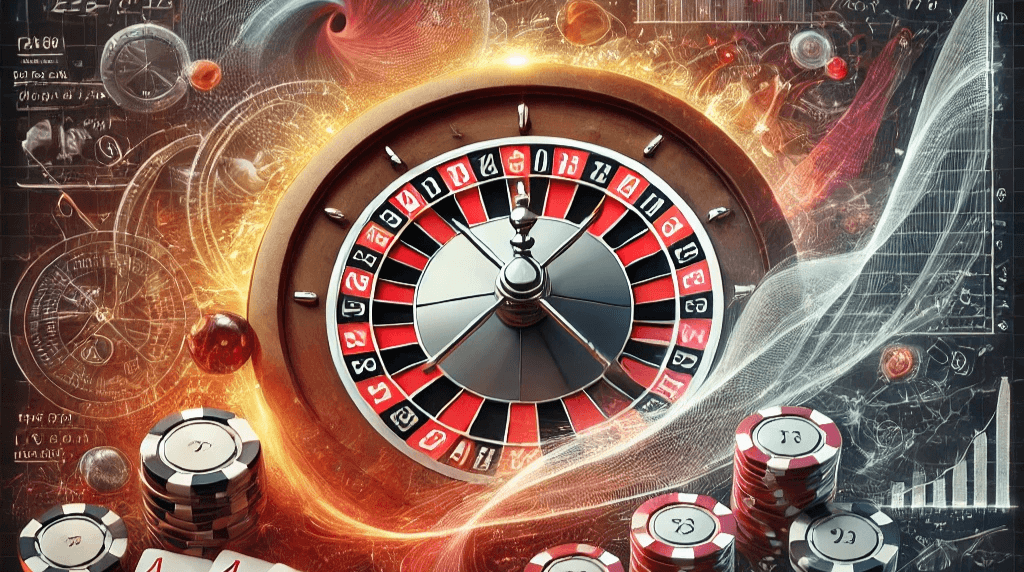The Timeless Appeal of Keno Through History
Keno may be thousands of years old, but that hasn’t stopped it from evolving into a global casino favorite. Nearly vanishing from casinos just a few decades ago, online platforms have revitalized this ancient game for the twenty-first century. Let’s look at how a game that once relied on pigeons to deliver results has transformed in the digital age.

Keno’s history: from Ancient China to the World Wide Web © Chini Garay, Pixabay
From Pigeons to Pixels: Keno’s Crazy History
The Keno origin story begins as many stories about state-sponsored gambling usually do, with an Emperor in need of money. If you have an army to feed and your population has grown tired of taxes, a new distraction in the form of a lottery turns out to truly be a story as old as time itself. The history of keno is rooted in paying for a war.
Cheung Leung is rumored to have put together a lottery-style game based on the first 120 characters of the Chinese classic ideogram book Qianziwen, around 208 BCE. This game was titled Baige Pao or Pak-a-pu, which is translated as white pigeon. This was due to the carrier pigeons being used to disseminate results in the capital to the outlying provincial towns.
Whether Cheung Leung indeed created the early game of keno or even more spurious claims about whether the game was used to help fund the Great Wall of China are lost to history. But we do know that Pak-A-Pu became very popular both with the Chinese masses who flocked to the game and with subsequent Emperors who would use the proceeds to help fill state coffers.
Keno Packs a Bag for the New World
The grandfather of not just keno but also bingo and the lottery, Baige Pao, would come to America in the middle of the nineteenth century with the many Chinese laborers brought to build the railroads.
Its popularity in and around San Francisco would last from the 1840s all the way up until the Second World War. It would see an interest from the non-Asian community begin to develop around the turn of the century, with the symbols traditionally used in Chinese games being turned into numbers.
This new game was called Quine, from either the French or Latin for a group of five, but it was Americanized to Keno within a few short years. It would also see the number of balls used drop from 120 to 80. The first use of keno in a Nevada casino was at the Palace Club in 1931 which used horse’s names instead of symbols or numbers. You could pick ten horses from the eighty in the field. If five were called, you got two to one, and if they called all ten of your horses, you could win 3600 to one.
The game spread to the Fremont Hotel in Las Vegas not long after, and keno soon became one of the hottest games in town. What drew people to keno were the large payoffs for relatively small bets.
This was in the days before slot machines could pay out more than a few dozen coins at a time, so the truly big payouts back then came from keno. However, the state of Nevada would cap the max payouts at 25k for many years before eventually raising it to 50k and then, in the late 1980s dropping max payout limits altogether.
Keno was ubiquitous in every casino in America from the late thirties through the late nineties. You could find a keno runner in every buffet and late-night dining place from Binion’s downtown to the Luxor at the other end of the Strip.
All the fancy Atlantic City properties had games being called around the clock. Even many of the smaller regional casinos that were beginning to pop up in places like Mississippi and Iowa made sure to get in on the action.
By 2024, there were only two Strip properties still calling keno. Las Vegas’s downtown fared little better, with almost all of the live-action keno games fading away. There are 0 games available in Atlantic City, and live keno in regional markets are few and far between. So, what happened to keno in America?
A Near Death Experience
One of the biggest drivers of keno’s downfall is its bigger brother, the lottery. It can be very hard to tell the games apart other than keno is played perhaps several times an hour while lotteries are typically no more than once a week.
And of course, due to their size, lottery payouts can be much larger. The record in Nevada for a Keno jackpot is 250,000, and the Powerball lottery has paid out a jackpot of over 2 billion.
Slot machine jackpots have also grown in size over the years. By the late 1980s, the first progressive slot jackpots had begun to roll out, and the time when keno was the way to take a chance on spending a dollar to win tens of thousands soon seemed quaint when Mega Million slots were paying out four and five million dollar jackpots pretty regularly.
Once part of the appeal, the amount of time between games has also made keno much less attractive to the casinos themselves. While the house advantage in keno is very high, often between 20 – 30%, the fact that as few as six hands per hour might be played means the house has limited opportunities to take advantage of that house edge.
A slot machine might have a 10% house edge, but the average slot player will play 600 hands per hour. From the casino’s perspective, it makes much more sense to put slot machines or video keno machines into a space formerly occupied by a keno room.
And, of course, there is labor cost. Slot machines seldom require maintenance except for an attendant to pay the occasional jackpot. Keno rooms need people out selling tickets and running the drawing of the numbers. That labor cost, especially post-COVID, makes the end of live-action keno all but a certainty except in a few spots that appeal to the nostalgia of the game.
I think it speaks to being a comprehensive property in terms of having all the offerings that you could want; it’s what you need to have if you want to be all-inclusive of gaming.”
– Johnathan Jossel, CEO of Las Vegas Plaza Hotel, LVRJ interview on why the Plaza keeps Keno
Resurrection in the Digital Age
While live-action Keno languishes here in the States, it has seen an amazing resurgence online. Keno is offered in over a hundred countries and in many thousands of casinos. And in some of these, you can even find live-action keno that is drawn and simulcast remotely to mimic the real game.
The online keno that is played with the computer drawing the numbers at random allows the casino to maintain a slightly higher house edge than some games. Still, most online casinos do not keep the same double-digit house advantage that we see in land-based casinos.
That’s simply because they do not need to pay for all of the labor and other overhead that goes into a live-action game taking up valuable real-life floor space in a major Strip hotel. You can often find online Keno games with a 4% to 7% house edge. This house advantage is similar to what you get when you play roulette online.
Suppose you like a live-action game where real people draw the numbers instead of computer programs. In that case, the internet has made that a much more economically feasible game as well since websites can draw many people from all over the globe to play the game.
With many thousands of bettors, the labor cost becomes nominal, and you can have your keno parlor in a strip mall instead of next to the high-limit room at Caesars, thus keeping rent low as well.
Many live-action Keno casinos, especially the top online keno casinos, have drawings every minute or two, thus keeping the game pace a little more fluid and interest up. And you can often find progressive games where the prizes can climb into the many hundreds of thousands of dollars, if not higher. And, of course, you can pay online keno whenever you wish.
Easy access, much higher prize pools, lower house edges, and the same simple-to-play format mean that this 2,000-year-old game that once seemed on the ropes is likely to see another century or two at the very least. The history of keno seems far from over.
Conclusion
From its origins funding ancient Chinese city state wars to its heyday in American casinos and its current resurgence online, the evolution of keno has shown its ability to not adapt but endure.
Its simple rules, high jackpots, and ability to evolve with the punches have allowed it to thrive in different eras and cultures. While live-action Keno has faded from many physical casinos, its digital evolution offers new chances to charm players across the globe.
Whether enjoyed in a bustling casino lounge or from the comfort of home, keno’s rich history and ongoing reinvention should see it through any rough times and ensure that it is just as beloved by many generations to come.



